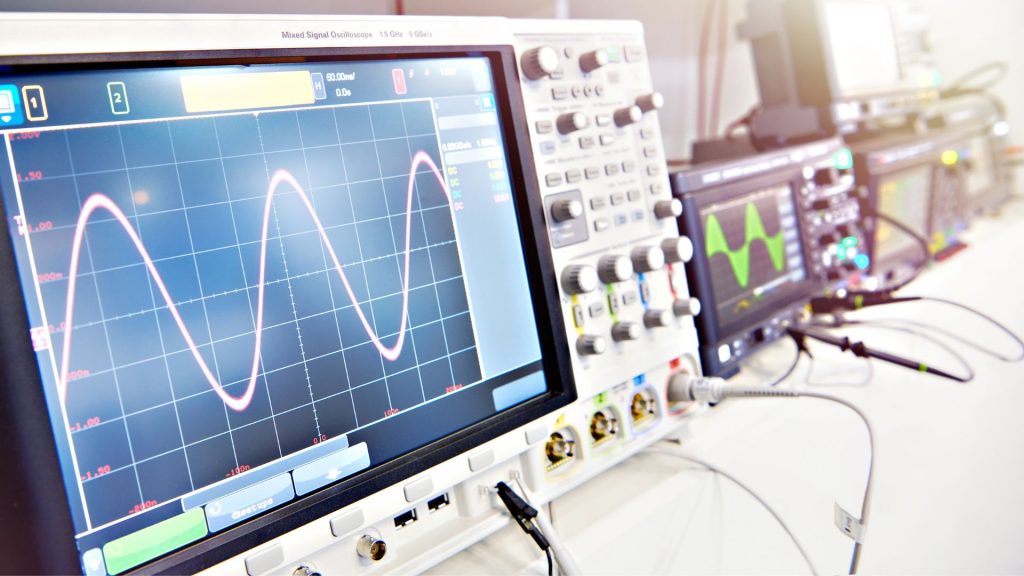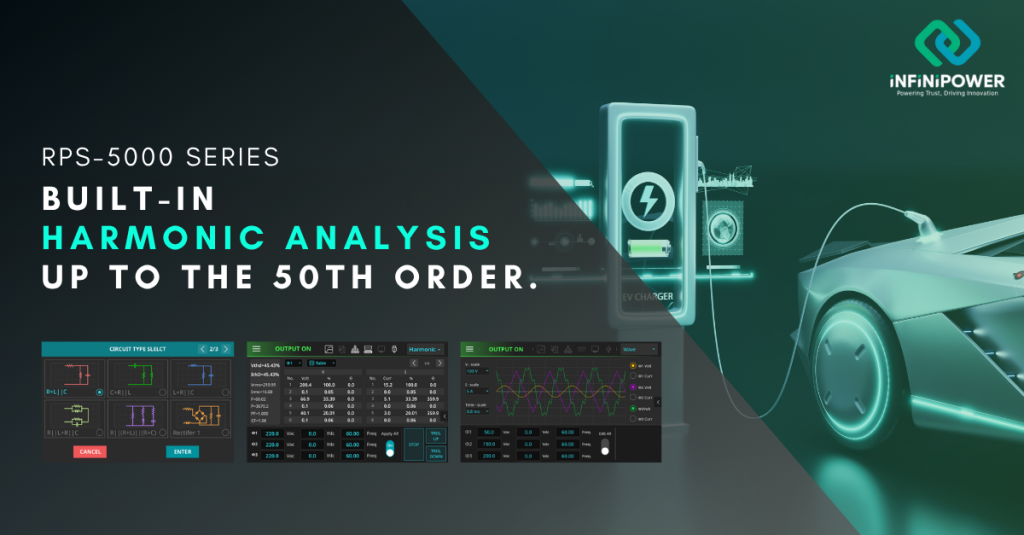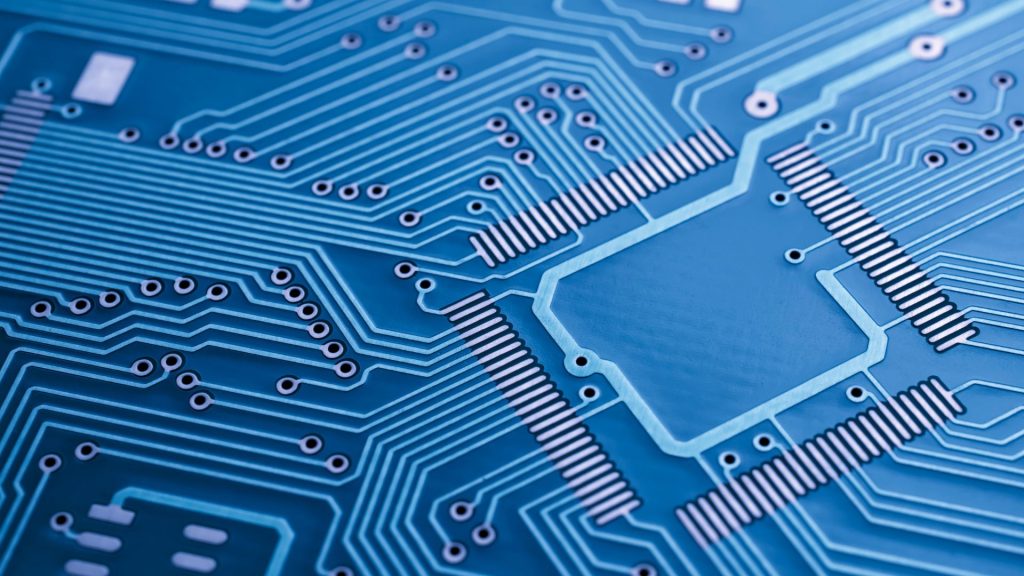What Is Crest Factor? Comprehensive Guide to Waveform Analysis & Applications
Understand why crest factor is important in waveform and signal analysis. Learn how peak amplitude, average value, and power factor influence AC power source performance and effective signal processing.
What Is Crest Factor? Comprehensive Guide to Waveform Analysis & Applications Read More »









